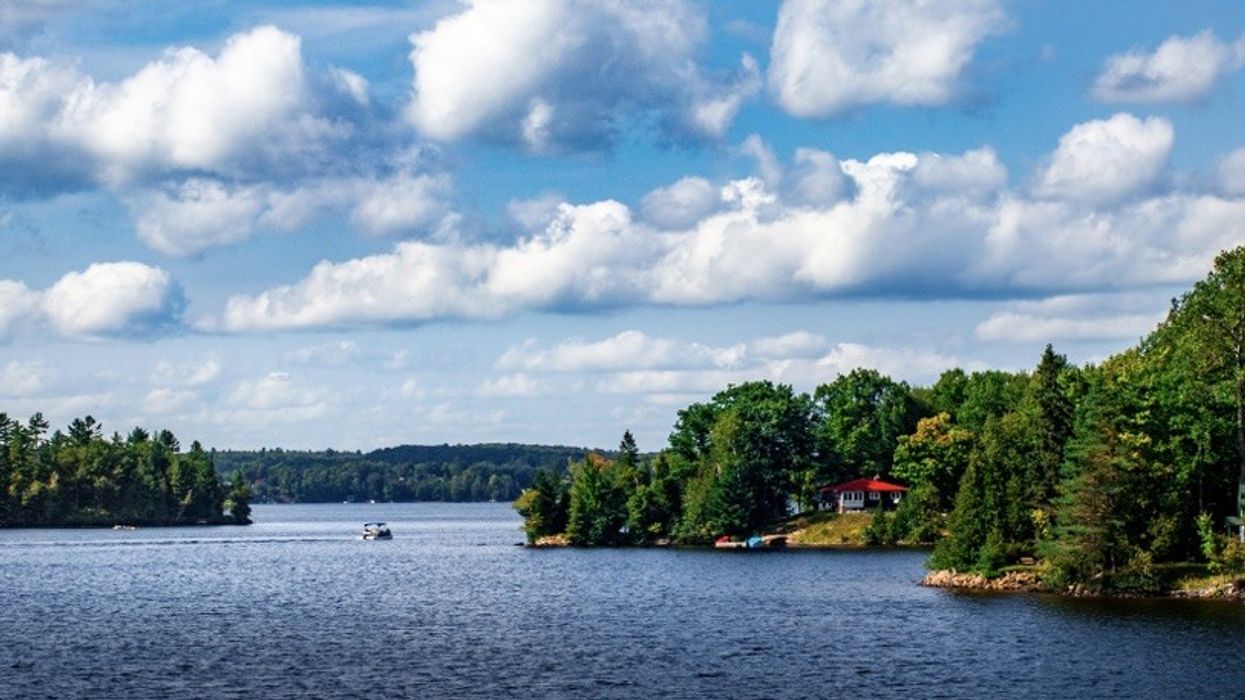The feds made their first major move on the capital gains tax front today. Deputy Prime Minister and Finance Minister Chrystia Freeland took the first legislative step toward increasing the inclusion rate on capital gains when she tabled a Notice of Ways and Means Motion in Parliament to implement the changes.
The government says the changes will go into effect on June 25, 2024.
“This will make Canada’s tax system fairer and raise $19.4 billion over five years to pay for investments to build nearly 4 million new homes, to make life cost less, and to grow the economy—for every generation, particularly Millennials and Gen Z,” reads a press release issued today from the federal government.
While Freeland announced the move as part of April’s release of Budget 2024, the new inclusion rate was omitted. Her government proposes to make two-thirds (67%) of capital gains taxable – a departure from the current rate of one-half (50%) of the profits made on the sale of assets, like real estate.
The new inclusion rate will apply to all capital gains realized by corporations, but only individuals who profit more than $250,000 will face higher rates. While principal residences are exempt from capital gains tax (any amount made on the sale of a principal home will remain tax-free), rental properties and recreational homes are not. So, this includes everything from west coast ski chalets and Muskoka cottages to vacation homes in Florida (Canadian residents are charged capital gains tax internationally).
When the change was first announced, it inspired a flurry of banter in Ontario's cottage country and beyond. The big question was whether to speed up sales or transfers of cottages before the looming June deadline. In reality, however, the increase in capital gains tax won’t rush many Canadian cottage owners to sell, according to industry experts like local Muskoka realtor Maryrose Coleman.
What does that mean for Canada’s cottage owners? For some – including sellers who expect to make only a relatively modest profit from their sale (less than $250K) – not much, frankly. For those who stand to earn more than $250K, it may be more important to speed up the sale before the new rules take effect by moving up closing dates or dropping list prices. For other cottagers, the hike is simply not significant enough to stress over the ticking tax clock.
To put things into perspective, if you made a $500,000 capital gain on the sale of a recreational property, you would pay $133,825 in taxes to the government under the current 50% rate. Under the new rate, you would have to dish out $156,129 – a difference of $22,304. While that figure isn’t nothing – it’s still significant, especially in this economy – it’s not as big a deal as one would assume, based on the headlines and hoopla earlier this spring.
As the federal government points out, the dollars generated will be directed to provide more much-needed housing in the supply-strapped country.
“Today it is possible for a carpenter or a nurse to pay tax at a higher marginal rate than a multi-millionaire,” said Freeland in a statement. “That isn’t fair. That is why our government is raising the inclusion rate on annual capital gains above $250,000 for individuals. This new revenue will help make life cost less for millions of Canadians, particularly Millennials and Gen Z. It will help fund our efforts to turbocharge the building of 4 million more homes. It will support investments in growth and productivity that will pay dividends for years to come.”
In total, the budget includes a cool $8.5B in new spending for housing.
While today’s Notice of Ways and Means Motion outlines the main features of the proposed changes to the capital gains inclusion rate, the federal government says that further technical changes will be made available in July.



















